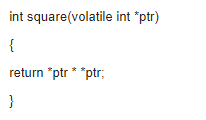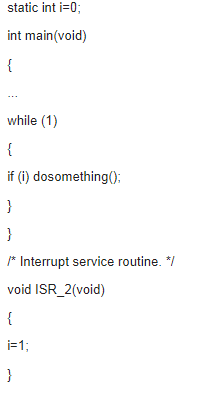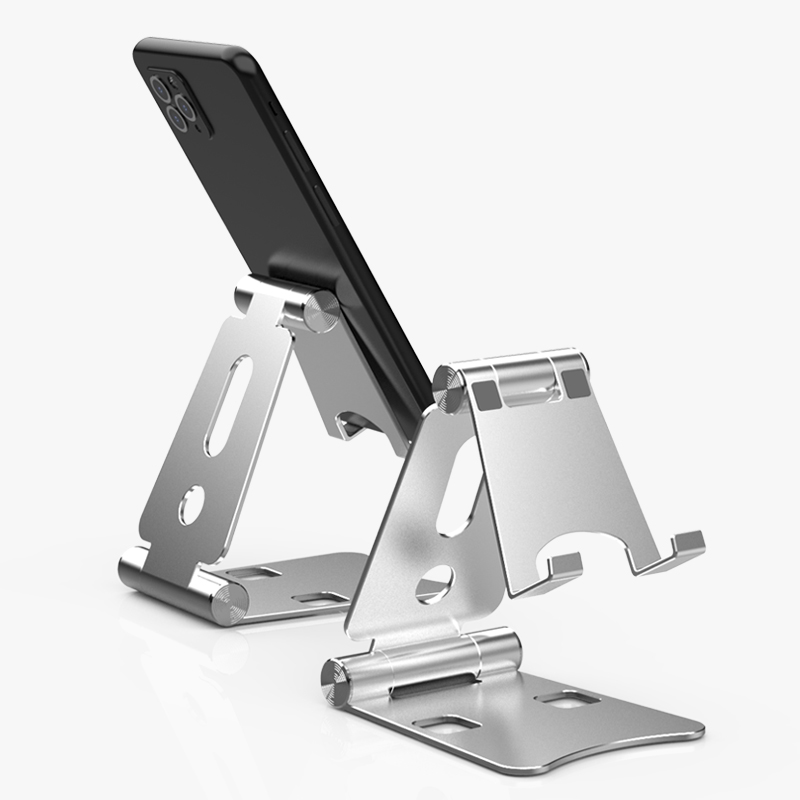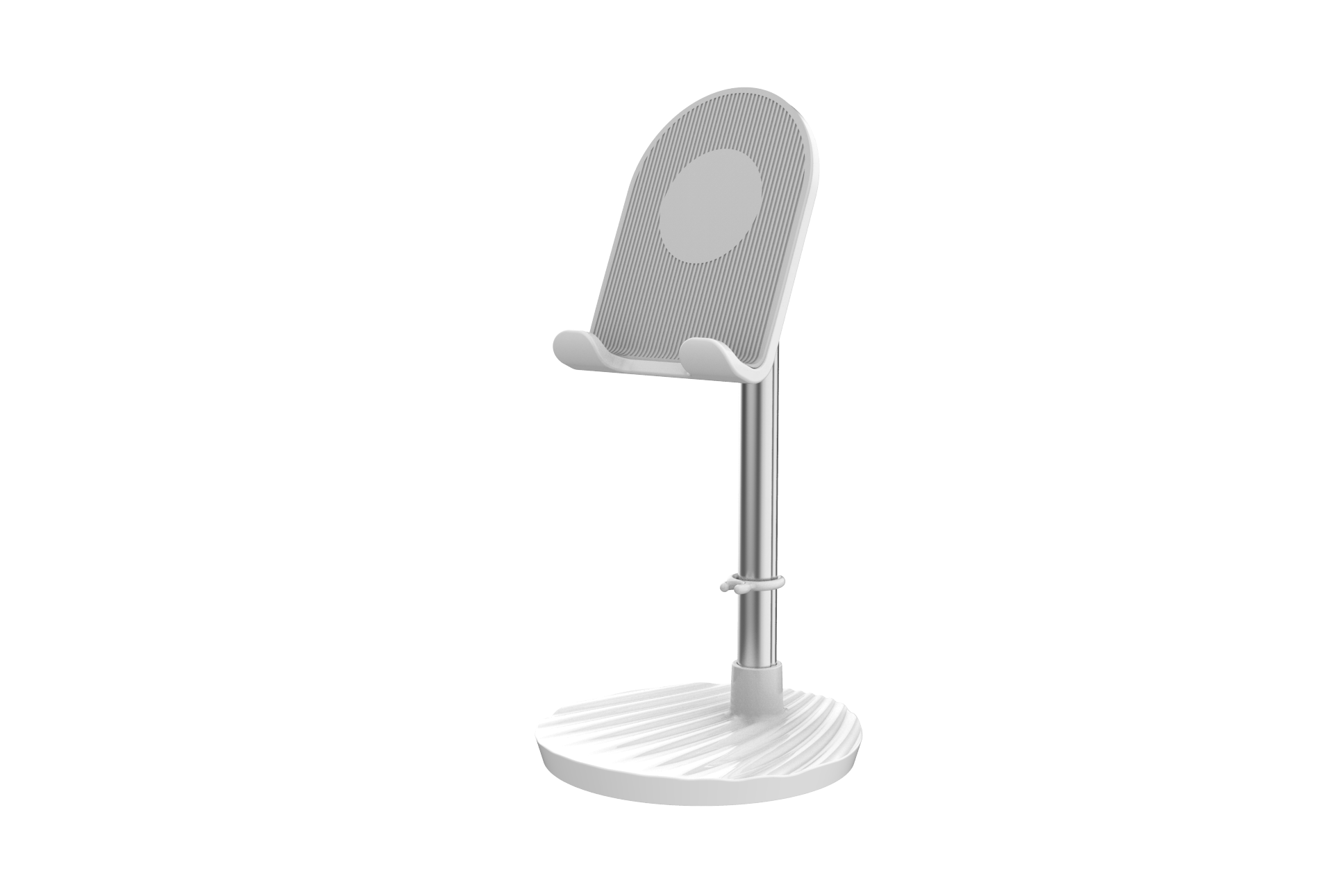A variable declared as volatile tells the compiler that the value of this variable may change unexpectedly, and thus it should not make any assumptions about its value. In other words, the optimizer must re-read the variable's value every time it is accessed instead of using a cached version stored in a register. This is crucial for ensuring accurate program behavior in scenarios where external factors can modify the variable.
Here are some common examples of when a volatile variable is necessary:
1) Hardware registers, such as status registers in peripheral devices.
2) Non-automatic (global or static) variables that are accessed within an interrupt service routine (ISR).
3) Variables shared among multiple threads in a multi-threaded application.
Those who cannot explain the purpose of the volatile keyword will likely not be hired. I believe this is one of the most basic questions that separates C programmers from embedded system developers. Embedded programmers often deal with hardware, interrupts, and real-time operating systems, all of which require a clear understanding of volatile variables. Not knowing how to use them properly can lead to serious bugs and unpredictable behavior.
If an interviewee answers this question correctly (which I doubt), I would then ask further questions to assess their deeper understanding of the concept:
1) Can a parameter be both const and volatile? Explain why.
2) Can a pointer be volatile? If so, under what circumstances?
3) What is wrong with the following function?

Here’s the answer:
1) Yes. For example, a read-only status register can be both const and volatile. It is const because the program should not attempt to modify it, and it is volatile because its value can change unexpectedly due to external factors.
2) Yes, although it’s less common. An example is a pointer that points to a buffer modified by an interrupt service routine.
3) The issue with the function is that it reads the same volatile variable twice, potentially getting different values each time. This means that the result might not be the square of the original value. The correct approach is to read the value once and use it for the calculation.
The original intention of the volatile keyword is to indicate that a variable can be changed by external factors beyond the current scope of execution. Compilers typically optimize code by reducing memory accesses, such as storing values in registers. However, when a variable is marked as volatile, the compiler ensures that it always reads from and writes to the actual memory location rather than using cached values.

For example, consider a variable used in an interrupt service routine. If the variable is not marked as volatile, the compiler might assume it hasn’t changed and optimize away repeated reads, leading to incorrect behavior. By marking it as volatile, the compiler ensures that every access to the variable is done directly from memory, preventing such optimization errors.
Volatile is typically used in the following situations:
1) Variables modified by interrupt service routines that are accessed by other parts of the program.
2) Flags shared between tasks in a multi-tasking environment.
3) Memory-mapped hardware registers, which can have different meanings depending on the context of access.
In addition, data integrity must be considered in these cases. For instance, when multiple flags are involved, it's important to ensure that they are read and updated together to avoid partial updates. In the case of interrupts, you might disable them temporarily to prevent race conditions. For hardware registers, the design must account for proper synchronization.
The key idea behind volatile is related to compiler optimization.
When the compiler reads a variable, it may store its value in a register to improve performance. If the variable is not marked as volatile, the compiler may assume it doesn't change and reuse the register value without checking the actual memory. However, if the variable changes due to external events—such as an interrupt or another thread—the cached register value becomes outdated, leading to incorrect results.
An analogy: Imagine an accountant who stores an employee’s bank card number in their mind instead of writing it down. If the employee loses their card, the accountant still uses the old number, resulting in a failed payment. Similarly, if a variable isn’t marked as volatile, the program may use an outdated value, even though the actual variable has changed.
When does volatile become necessary?
1) When accessing hardware registers, such as status or control registers in peripherals.
2) When working with non-automatic variables that are modified by interrupt service routines.
3) When variables are shared across multiple threads or tasks in a concurrent environment.
It’s worth noting that the term "volatile" can sometimes be misleading. While it implies that the variable can change unpredictably, it doesn’t mean that the variable itself is inherently unstable. Instead, it means that the compiler must not optimize away memory accesses to this variable. In short, volatile ensures that the program always reads the variable from memory, not from a register.
1. Desktop Mobile Phone Holder; open the Phone Holder directly to 45 degrees, put the phone on it and you can use it
2. The bedside mobile phone holder; fix the clip of the mobile phone holder on the side of the bed, freely adjust the bending degree of the holder and the position of the mobile phone according to your posture, which is convenient and more comfortable.
3. Stick to the wall mobile phone bracket; the bracket sticker has strong adhesiveness and can be fixed and hung on glass, ceramic tiles and painted walls.
4. Car phone holder; car air outlet bracket, fixing method: After the mobile phone is installed on the mobile phone bracket, pop out the steel piece in the middle of the mobile phone bracket and put it into the car air outlet to fix it
5. Ring buckle mobile phone holder, the usage method only needs to stick the suction ring on the back of the phone, and then put the ring out to place the phone.


Phone Holder,Cell Phone Holder,Cell Phone Holder Bed,Cell Phone Holder Desk
Shenzhen ChengRong Technology Co.,Ltd. , https://www.laptopstandsupplier.com